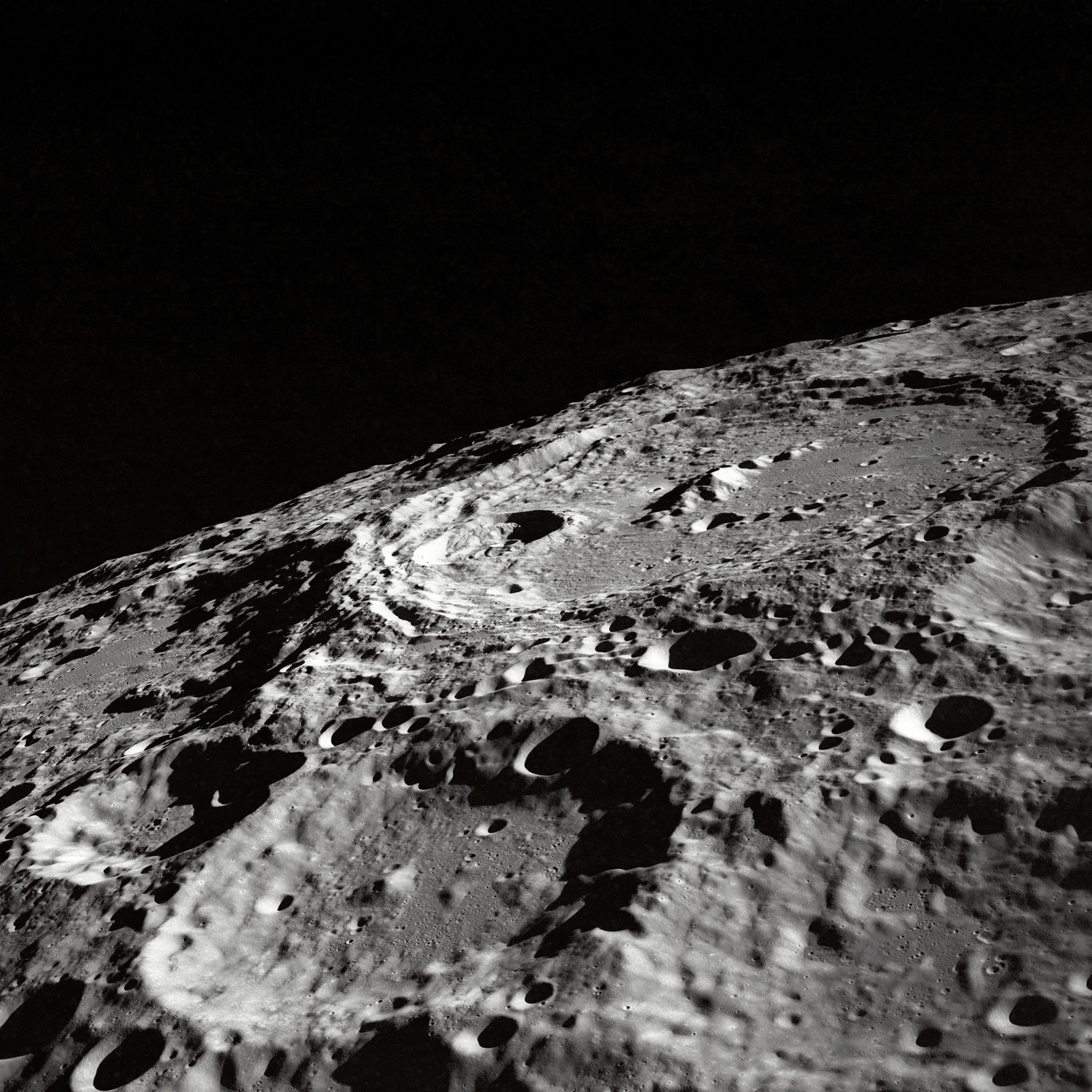Moon Phases for Gardening: How Lunar Cycles Impact Your Garden’s Success
As nature enthusiasts and gardeners, we are always on the lookout for ways to boost the productivity and health of our plants. While techniques such as proper soil preparation, suitable watering practices, and adequate sunlight are well-known, have you ever considered leveraging the power of the moon phases for gardening?
For centuries, farmers and avid gardeners have believed that the moon’s lunar cycles influence plant growth and development. Some swear by the lunar planting calendar, claiming that synchronizing their gardening activities with specific moon phases yields remarkable results. In this blog post, we’ll explore the fascinating relationship between moon phases and gardening, helping you harness this age-old wisdom to maximize your garden’s potential.
Understanding the Moon Phases
Before we dive into the specifics of moon gardening, let’s briefly review the moon’s four main phases:
| Moon Phase | Description |
|---|---|
| New Moon | The moon appears completely dark as it aligns with the sun |
| First Quarter | Half of the moon’s visible surface is illuminated, resembling a half-moon shape |
| Full Moon | The moon appears fully illuminated, round, and bright |
| Last Quarter | Half of the moon’s visible surface is once again illuminated, creating another half-moon shape |
These phases occur approximately every 29.5 days and are a result of the moon’s position relative to the Earth and the sun’s light shining on its surface.
Does Moon Phases Impact Plant Growth?
While scientific evidence is inconclusive about the direct influence of moon phases on plant growth, many experienced gardeners continue to rely on the lunar planting calendar for optimal results. The theory behind lunar gardening revolves around gravitational forces and their potential impact on various aspects of plant life.
One popular belief is that the moon’s gravitational pull affects the movement of groundwater and sap in plants. During different phases, this pull allegedly assists in seed germination, plant growth, and root development.
Another lunar gardening principle is the belief that the moon’s natural energy fluctuations coincide with specific phases, affecting plants differently. Advocates highlight that aligning gardening tasks with these energy cycles can enhance certain plant characteristics, such as leaf growth, flower production, and root development.
Lunar Planting Calendar
To make the most of moon phases for gardening, many gardeners follow a lunar planting calendar. This calendar outlines the recommended activities for different moon phases and zodiac signs. While there might be some variations across different lunar calendars and individual preferences, the following guidelines provide a general framework to follow:
New Moon Phase
- Focus on above-ground crops that bear fruit or flowers.
- Start new garden projects, such as planting seeds and seedlings.
First Quarter Phase
- Plant leafy greens and grains.
- Transplant seedlings and young plants.
Full Moon Phase
- Harvest above-ground crops for better flavor and longevity.
- Prune plants to promote regrowth.
Last Quarter Phase
- Focus on below-ground crops like bulbs and root vegetables.
- Weed and remove pests to hinder their regeneration.
Remember, while following the lunar planting calendar can be intriguing and potentially beneficial, it is also important to consider regional climate, soil conditions, and specific plant requirements. Adapt the lunar calendar to your specific gardening needs and observe the results over time.
Additional Lunar Gardening Tips
Beyond the basic lunar planting calendar, here are a few additional lunar gardening tips to help you get the most out of your garden:
- Observe Moonrise and Moonset: Take note of the moonrise and moonset times in your area. Planting and other gardening activities conducted during moonrise and moonset allegedly yield the best results.
- Consider Zodiac Signs: Some lunar calendars also assign different zodiac signs to specific days, suggesting that certain signs favor specific plant-related activities. While the influence of zodiac signs on gardening remains a matter of personal belief, some gardeners find it beneficial to follow these recommendations.
- Document Your Observations: Maintain a garden journal to record your gardening activities, moon phases, and plant growth results. Over time, this documentation can help you identify patterns and correlations between lunar stages and your garden’s success.
- Experiment and Adapt: Gardening is a beautiful blend of science and art. Embrace lunar gardening as an intriguing experiment, and allow room for adaptation based on your observations, plant behavior, and personal experiences.
Final Thoughts
While scientific evidence may not conclusively prove the direct influence of moon phases on plant growth, the art of lunar gardening has captured the imagination of gardeners worldwide for generations. By incorporating moon gardening practices and experimenting with lunar planting calendars, you can tap into this ancient wisdom and potentially enhance your garden’s productivity and health.
Remember, gardening is an ever-evolving process that involves multiple factors. Moon phases are just one additional aspect you can explore to deepen your connection with nature, understand the cosmic rhythms, and cultivate a bountiful garden.
Table of Contents
